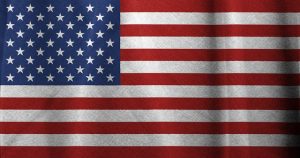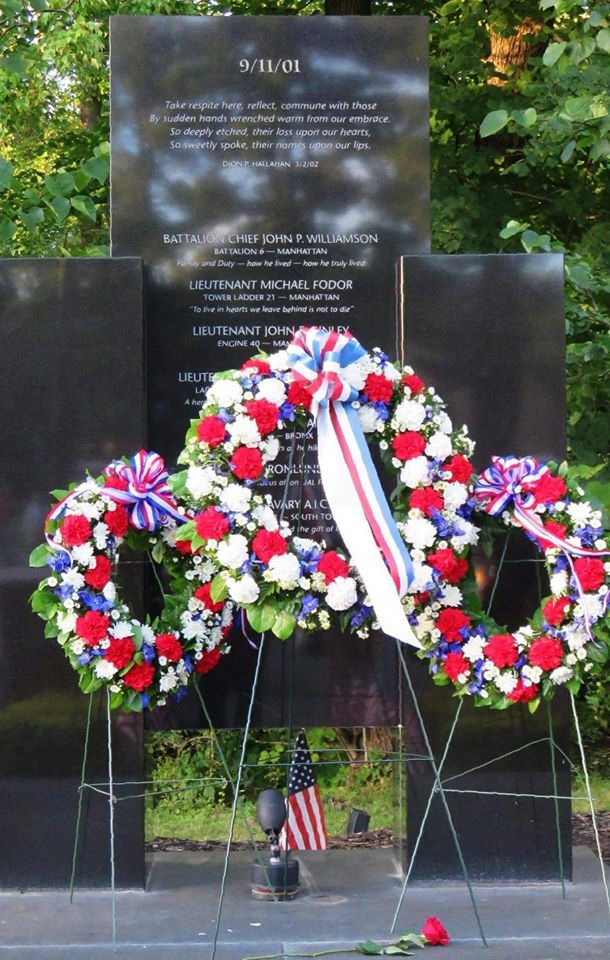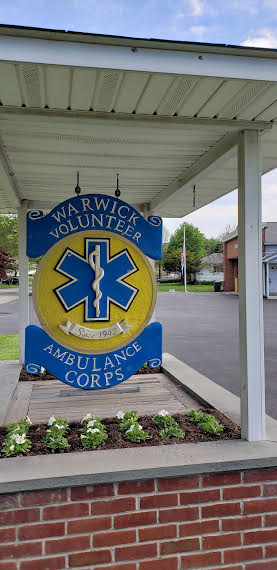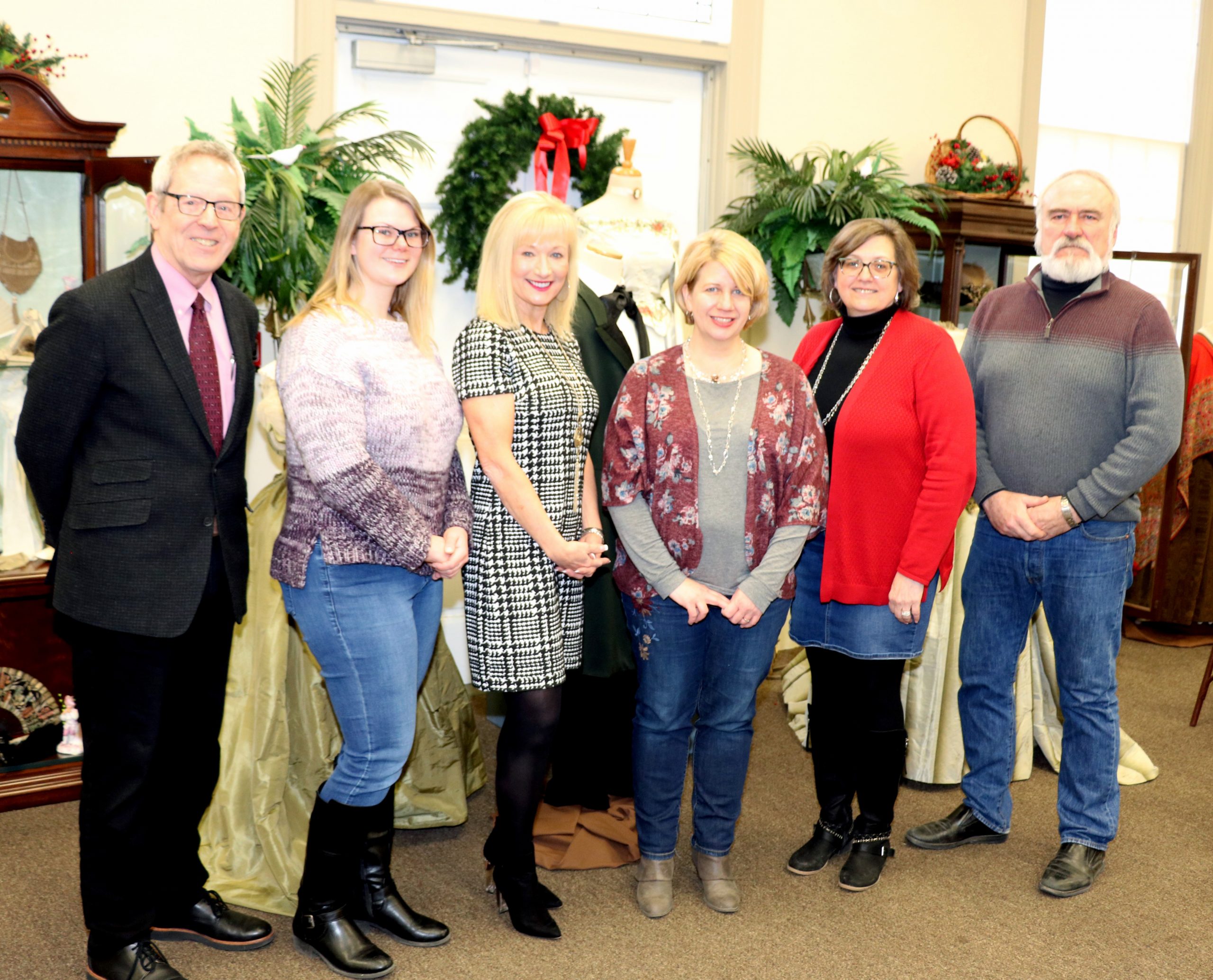By Ivy Jordan Tulin
Village of Warwick Historian
The main mission of the Warwick Historical Society is the education of our community. One of the ways that we fulfill this mission is to provide the primary documents and artifacts to our local schools that help the students understand how their curriculum can be linked to local history. Once the local connection is made, the concepts are easier for the students to grasp.
Fifteen volunteer teachers labor every year to provide the primary resources to Warwick Valley Central School District (WVCSD) and area students. This year has been trickier because our students are in and out of quarantine, so everything has to be filmed and scheduled differently. Thanks to the supportive tech people and WVCSD administrators, we now have the training and a Chrome book to make sure we can reach our district teachers and students. And once we’ve reached the students, they in turn go out.
Let’s take the topic of our local Native Americans as an example. Several of the class levels, grades 4, 7 and 11, start the year’s Social Studies classes with a look at the Native Americans and their subsequent meeting with the white colonists. The Historical Society’s volunteer teachers usually bring mobile museum trunks filled with Indian artifacts and maps of Warwick sites where the local Delaware Lenapes had their settlements, and example baskets that were made by them, and provide a lesson surrounding the content.
For all of the classes, we film an introduction to the lesson to post on the WHS’s YouTube channel. Recently we have started filming the artifacts and the complete lessons because our students have been confined to home and their computers during the recent COVID spikes. Links are sent to the teachers so that they can be used by them in their instruction of the students. The teachers and students can then access the information and plug them into their own lesson plans when it is appropriate.
Educational Lessons
Let me share with you in the community some of the information that is being taught to the students.
When the first white settlers who came into the Warwick valley arrived here, they found they were not alone. Many clans of the Lenape Tribe were already here. They were not just hunting and fishing, but, farming as well. They were Turkey and Wolf and Turtle clans of the Delaware Lenape, also known as the “Grandfather People” because of their intelligence, strength and courage. Samuel Wisner and Thomas DeKay learned to speak their language and helped to negotiate a friendship agreement in 1745.
According to a map of 1805 Warwick, drawn up by Elizabeth Van Duzer in 1933, there were several Indian trails running from Long Pond to Edenville and beyond to Pine Island; from the Mistucky Settlement next to the Thomas Welling Farm and from Mistucky to the clearing around Pulpit Rock; and along the Kings Highway or Route 94 to Colonial Ave. and off behind the Benedict farm. The Mistucky Settlement had its own apple orchard. There was recorded an “Indian house” built by a spring near the Conrad Sly home which is now known as “The Landmark Inn.” Another settlement was in the mountains behind Sugarloaf village: Indian caves and artifacts have been found on the Ball farm.
The fourth graders, in particular, love this map because they recognize the landmarks that remain today near where the settlements were. Another part of the lesson they particularly love is being able to examine our collection of arrowheads and stone tools. They easily guess that the very small thin arrow heads were used for hunting birds, and the others for the larger animals. There are spear heads, scraping tools for tanning hides, hatchets and mallets and sinkers for the fishing nets as well. Some of these bits of items are over 10,000 years old.
Lenape Involvement in Revolutionary War
The older students connect with the stories of the Delaware Lenape’s involvement in the Revolutionary War. Both sides of the conflict sought assistance from the Native peoples. Many in the local clans were wary of getting involved and wanted to stay neutral.
A friendship treaty was one thing, but involvement in a war was entirely different. When they saw their local friends here begin to carry their guns everywhere they went, the Lenape got nervous and began to leave the area. They did not initially know what was happening. A party of local militia were sent out to explain their situation and to ask their friends to help. “Please come back,” they asked.
In 1778, the newly formed United States negotiated its very first real treaty as a country with the Delaware Lenape. American troops were guaranteed that they could pass through the Lenape territory and the natives agreed to sell food, horses and other supplies to the troops. The Lenape would also allow any of their warriors who desired it to join the Continental army.
The Ramapough Lenape were also called “The Keepers of the Pass” because they guarded the mountain passes. The treaty promised that the Lenape could form their own state when the war was over and have their own representative in Congress. Chief White Eyes of the Turtle clan asked that the Lenape be given these rights.
What the people did not know was that Congress never approved the treaty. Captain Pipe of the Wolf Clan and his people sided with the British and took his people to Ohio to encamp close to the British who were there. It was too late to remain neutral. No one really respected them. Attacks on Lenape settlements were made by both the Patriots and the British. Four different treaties were enacted, and none were followed.
The high schoolers discuss the social, political and religious aspects of the revolution’s impact on our native peoples. We want the students to recognize and understand that the Indian nations were sovereign powers with their own goals, beliefs and objectives, and should have been treated as the civilized peoples that they were.
While some were killed, and others died of Smallpox, others moved further west. Of those who stayed here, some intermarried with freed blacks. They made their living farming or making beautiful crafts that were sold locally. We have many beautiful baskets in our collection and a beautiful story of Fanny Benedict and an Indian girl named Wawewana who was her friend. The girls were best friends and before they were separated by the death of the young Lenape girl, Wawewana gave Fanny a beautiful little basket that she made for her. We treasure the basket, and the story, in our collection to this day.
At the end of the war, a treaty was signed in Paris between the United States and the United Kingdom. The U.S. was given all the Indian lands even though none of the Native peoples were present for the signing. The Indian resistance to the taking of their lands was something the U.S. did not understand nor tolerate. Many atrocities were committed in the name of the rights of the citizens of the U.S. It was decades before some of the resistance was put down. Today, Native American rights are still not respected all across the country.
Present Day
The present day Chief of the Turtle Clan of the Lenape is Vincent Mann. The language of this group was Munse, which they almost lost. They are working to restore the language to the people. This group is considered to be the Mid-Atlantic division of the Nation. The National Chief is a man named Dwaine Perry.
To read the recent beautiful message sent to all the nation by Chief Perry, visit www.RamapoughLenapeNation.org. Other good sites for research are Lenape Lifeways and Native American Netroots.
At the Warwick Historical Society, we send documents and our Traveling Trunks and Mobile Museum Programs to grades K-12 here in Warwick as well as Greenwood Lake and Florida elementary schools. We invite you to check out the Warwick Historical Society postings on YouTube under Warwick Historicalsociety, written just like this. Find the large blue circle with the big W at the top of the page and click on it. We hope our students, parents and the rest of the community will enjoy the postings!

This basket was made by Wawewana, a Native American girl, for her friend, Fanny Benedict. The basket is part a collection held by the Warwick Historical Society.






